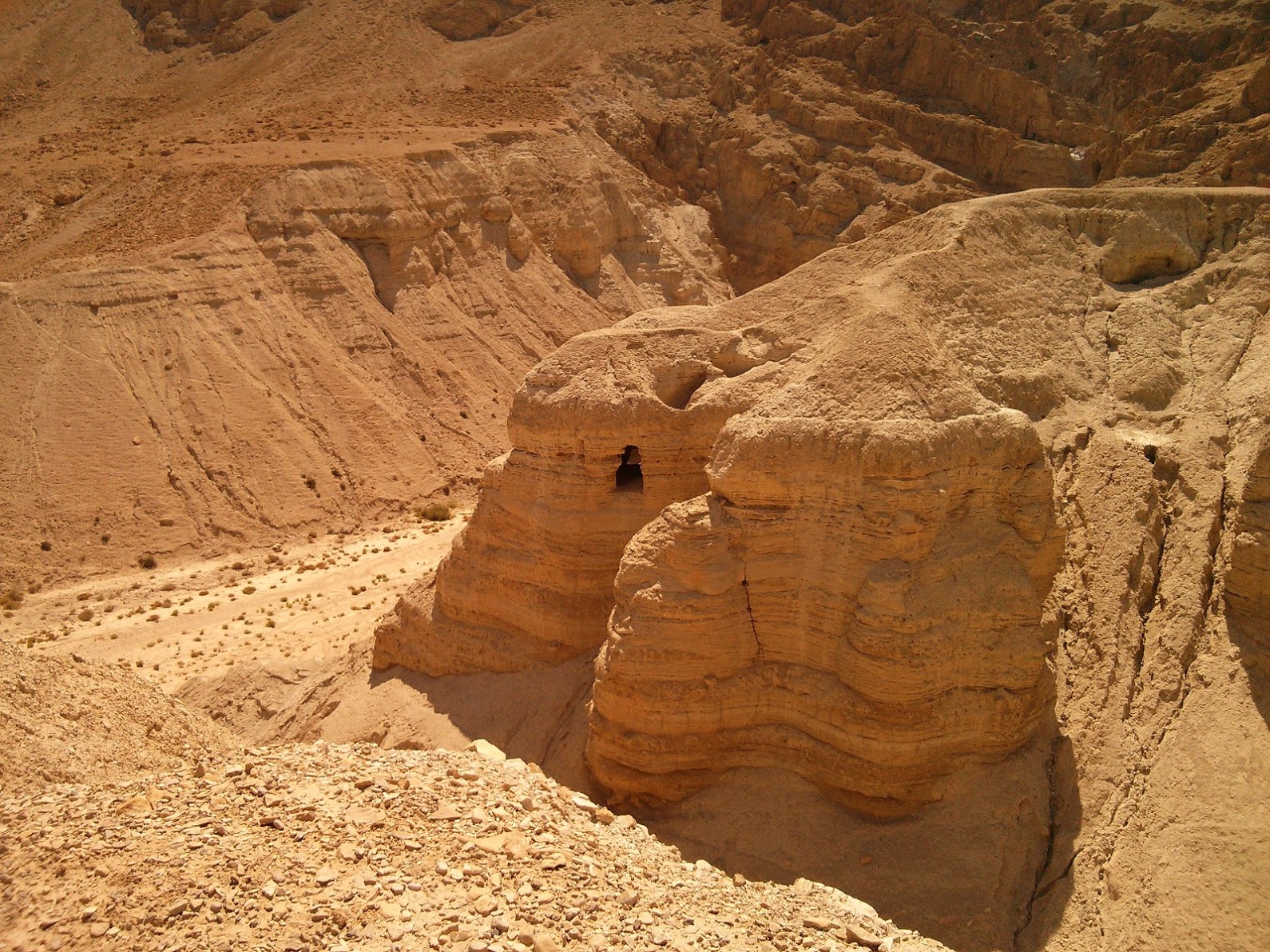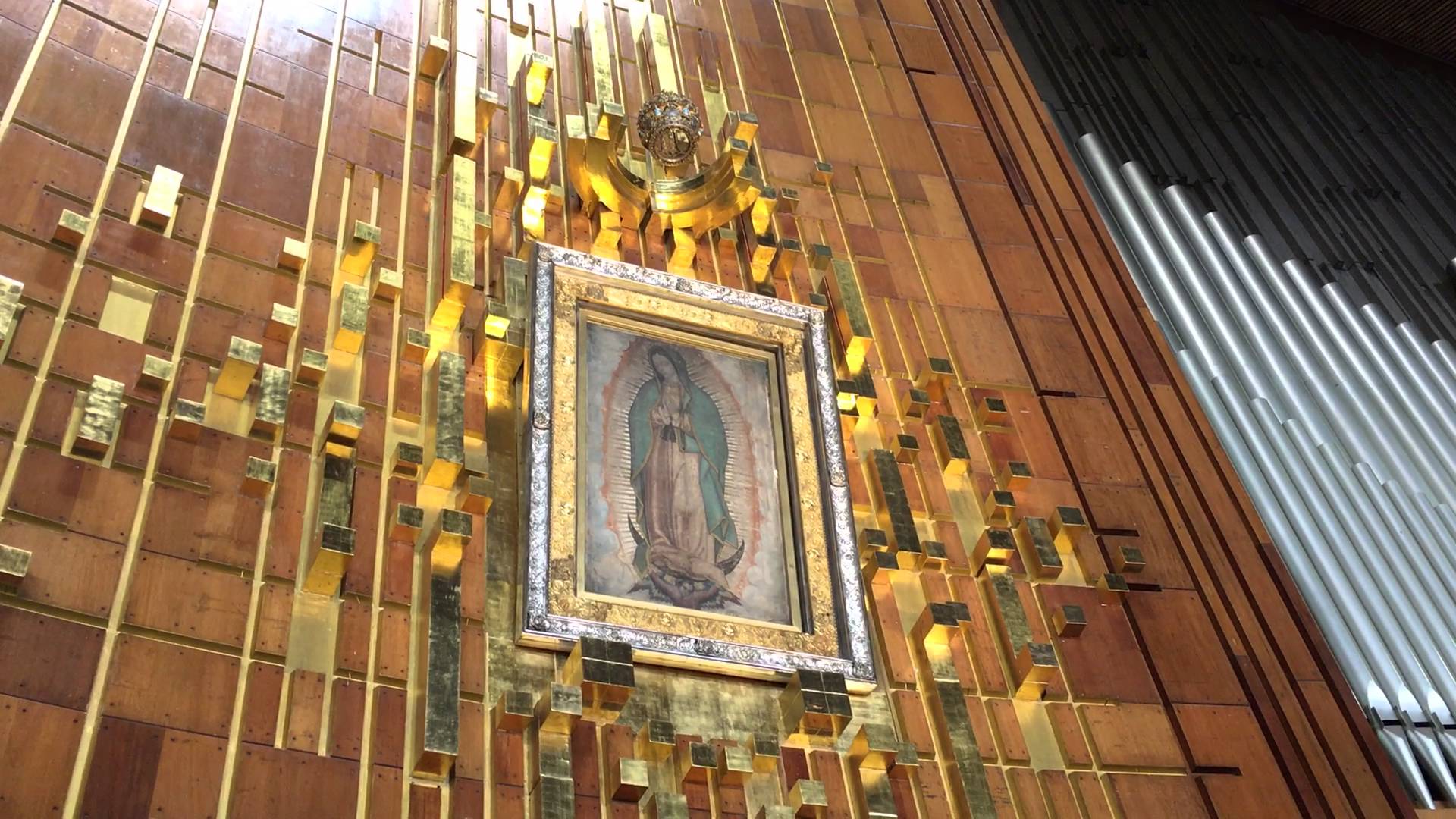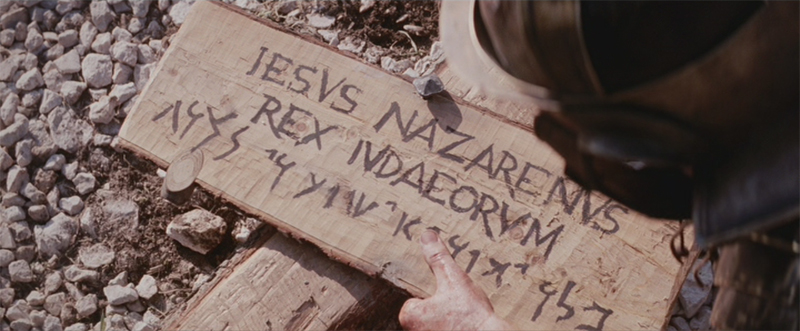
It’s so very important for Christians to study the Old Testament. When learning the Scriptures, many people want to “skip to the good part” in their view. They want to go right to the end of the book, the New Testament, the part of the Bible that speaks directly of Jesus.
This view is shortsighted for several reasons.
First, the ultimate subject of all of Scripture is Jesus Christ. He is the living Word of God, after all. As St. Augustine so famously said, “The New Testament is in the Old, concealed; the Old Testament is in the New, revealed.”
Secondly, just because it’s called the “Old” Testament, doesn’t mean it’s old news.. Our society doesn’t like anything that’s labeled “old” – and sadly, this can refer to people as well as products. Marketers are always seeking to promote what is “new” and allegedly improved. This is why many now refer to the Old Testament as the “Hebrew Scriptures” instead. They may speak of events that happened long ago, but God still speaks to us in a fresh way, as relevant still to our time as this morning’s newspaper. Much more so, in fact, because it is a message from the Almighty.
Third, in order to understand the New Testament properly, we must have at least a basic understanding of the Old Testament. So many times in the New Testament, we read that Jesus came to “fulfill” Scripture. What is meant by that, obviously, are the Scriptures of the Old Covenant, more commonly known as the Old Testament (the word “covenant” means the same thing as “testament”; testamentum is the Latin translation of “covenant”). Just as in mathematics, one must understand basic calculus before moving on to trigonometry, one must understand the Old Testament before one can fully understand the New.




 During the Christmas and Easter seasons in particular, many skeptics appear in the media who insist that these celebrations are meaningless, because Jesus never actually existed. How can we respond?
During the Christmas and Easter seasons in particular, many skeptics appear in the media who insist that these celebrations are meaningless, because Jesus never actually existed. How can we respond?


 This Sunday, we celebrate the Solemnity of Jesus Christ, King of the Universe. This Sunday also marks the end of the liturgical year. In today’s Gospel (Luke 23:35-43), we read about the crucifixion of Jesus. Speaking of Jesus’ kingship, Luke here mentions the titulus (Latin for “title”, referring here to the the inscription above Jesus’ cross) that read, “This is the King of the Jews”.
This Sunday, we celebrate the Solemnity of Jesus Christ, King of the Universe. This Sunday also marks the end of the liturgical year. In today’s Gospel (Luke 23:35-43), we read about the crucifixion of Jesus. Speaking of Jesus’ kingship, Luke here mentions the titulus (Latin for “title”, referring here to the the inscription above Jesus’ cross) that read, “This is the King of the Jews”.